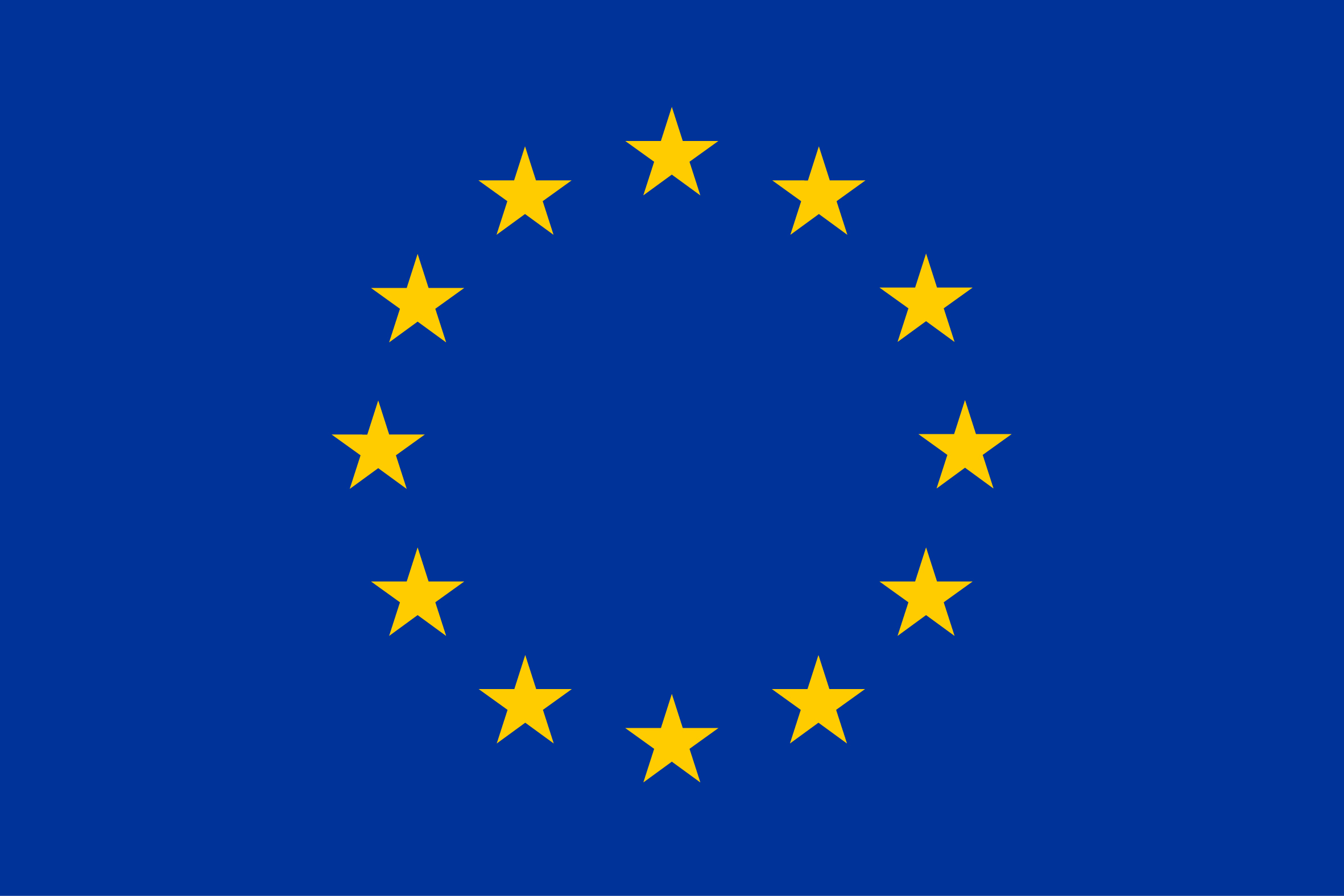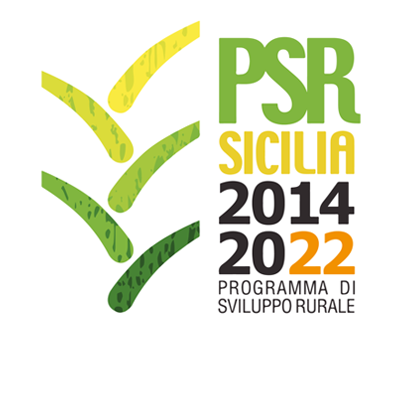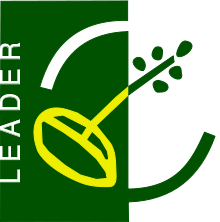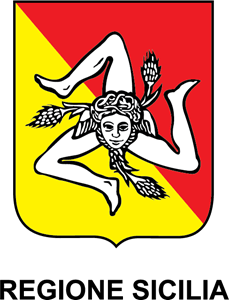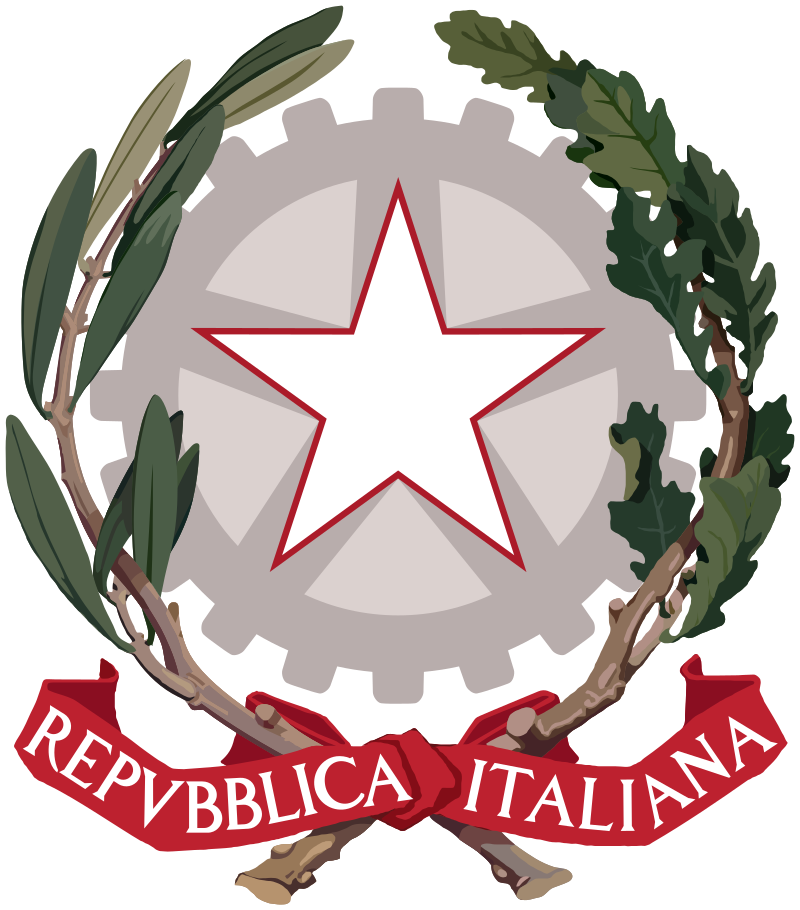Icelandic
Country
Specie
ISO3
ISL
Language
eng.
Other name
Islenskir Nautgripir, Icelandic Dairy Cattle, Icelandic Cattle
Breed classification (adaptedness)
Native
Breed classification (geographic)
Local
Additional information
Organized breeding work began around 1900. Artificial insemination became the main breeding method around 1970 and one bull center serves the whole country. A recording system and a database is operated.
Efabis cultural role comment
Folklore in sagas and literature, gastronomy such as skyr
Adaptability to specific environment
Hardy and robust,well adapted to Icelandic conditions,e.g. to volcanic soils
Special characteristic of product
Evidence of special protein characteristics for cheese making. Milk suggested to give some protection against diabetes in children.
Other special qualities
Skyr
Reference for special qualities
, a low fat,high protein product (milk product with some similarity to yoghurt)
Efabis genetic features
The animals are robust and can be driven for long distances.
Body conformation
utilization of grassland, even rangelands
Coat description
Robust, well adapted to grazing and roughage feeds
Efabis skin colour
multi coloured: black, grey, red, brown, white
Number of horns males
0
Number of horns females
0
Horn shape size and comments
0/2
Wither height males
0/2
Wither height females
Nowadays very few animals are horned. The horn size and shape vary a great deal in the population.
Weight males
160.00
Weight females
130.00
Other specific visible traits
800
Herdbook
470
Herdbook established
Highly variable
Domestication status
y
Taxonomic classification
1930
Description of origin
domestic
Year of origin
0
Import
indigenous native breed
Location within country
870 - 930
Local cryo conservation status
Since the settlement, only a few cattle have been imported to Iceland in order to improve the breed, the last ones around 1870. This importation appears to have had minimum effect on the breed.
Local Risk
country-wide
Detailed local risk status
Sufficient
Regional Transboundary Risk (detailed)
Not at Risk
International Transboundary Risk detailed
Not at Risk
Limousin
Country
Specie
ISO3
ISL
Language
fr.
Transboundary name
Limousin
Breed classification (geographic)
International
Additional information
The breed is used for crossbreeding with Galloway and Aberdeen Angus. There are no purebred animals in the country.
Reference for special qualities
Icelandic Livestock Breeds,Reykjavík 2009(second edition) ISBN 9979-885-02
Efabis adaptability to marginal land
well adapted to extensive conditions
Efabis main colour
uni coloured yellow
Efabis skin colour
yellow
Number of horns males
2
Number of horns females
2
Wither height males
144
Wither height females
137
Weight males
1050.00
Weight females
670.00
Herdbook
n
Domestication status
domestic
Taxonomic classification
Breed
Description of origin
imported
Year of origin
1990
Import
1994 import of embryos from France
Location within country
whole country
Local cryo conservation status
No Material
Local Risk
At Risk
Detailed local risk status
Critical
International Transboundary Risk detailed
Not at Risk
Galloway
Country
Specie
ISO3
ISL
Language
eng.
Description
Galloway is a Scottish district regarded as the original home of the breed
Transboundary name
Galloway
Breed classification (geographic)
International
Additional information
The breed is used for crossbreeding with Aberdeen Angus and Limousin. There are no purebred animals in the country.
Adaptability to specific environment
poor hill grazing
Special characteristic of product
This breed is producing meat of a good flavour.
Other special qualities
The animals are known for their hardiness.
Efabis adaptability to marginal land
The breed is well adapted to the local environment (wet conditions, poor hill grazing) and extremely hardy.
Color comments
uni coloured: black, grey <br>multi coloured: some belted
Efabis main colour
black, dun, grey
Efabis skin colour
black
Number of horns males
2
Number of horns females
2
Wither height males
137
Wither height females
124
Weight males
780.00
Weight females
560.00
Herdbook
n
Domestication status
domestic
Taxonomic classification
Breed
Description of origin
imported from Scotland, transboundary breed.
Import
since 1950 from Dun Galloway (United Kingdom), Belted Galloway (United Kingdom)
Location within country
country-wide
Local cryo conservation status
No Material
Local Risk
At Risk
Detailed local risk status
Endangered
International Transboundary Risk detailed
Not at Risk
Aberdeen Angus
Country
Specie
ISO3
ISL
Language
eng.
Transboundary name
Aberdeen-Angus
Breed classification (geographic)
International
Additional information
The breed is used for crossbreeding with Galloway and Limousin. There are no purebred animals in the country.
Color comments
uni coloured black
Efabis main colour
black
Efabis skin colour
black
Number of horns males
0
Number of horns females
0
Horn shape size and comments
Homozygously polled
Wither height males
145
Wither height females
135
Weight males
1000.00
Weight females
650.00
Herdbook
n
Domestication status
domestic
Taxonomic classification
Breed
Description of origin
imported
Year of origin
1994
Import
Since 1994 embryo imports from UK
Local cryo conservation status
No Material
Local Risk
At Risk
Detailed local risk status
Critical
International Transboundary Risk detailed
Not at Risk
Icelandic Sheep
Country
Specie
ISO3
ISL
Year
2018
Trend
decreasing
Population min
432453
Population max
432453
Population figured based on
census at breed level
Breeding male
20259
Breeding female
344568
Females registered in herdbooks
412204
Females bred pure
100
Herds
2252
Herds size (avg)
192
AI used
yes
Male in AI
47
In situ conservation programmes in place
no
Reliability
reliable
Geographical classification
Local
Icelandic Sheep
Country
Specie
ISO3
ISL
Year
2017
Trend
stable
Population min
458665
Population max
458665
Population figured based on
census at breed level
Breeding male
20232
Breeding female
364924
Females registered in herdbooks
364924
Females bred pure
100
Herds
2365
Herds size (avg)
192
AI used
Yes
Male in AI
47
In situ conservation programmes in place
No
Reliability
reliable
Geographical classification
Local
Icelandic Leadersheep
Country
Specie
ISO3
ISL
Year
2018
Trend
stable
Population min
1200
Population max
1500
Population figured based on
census at breed level
Breeding male
100
Breeding female
1300
Females registered in herdbooks
1000
Females bred pure
100
Herds
100
Herds size (avg)
5
AI used
yes
Male in AI
2
In situ conservation programmes in place
yes
Reliability
reliable
Geographical classification
Local
Islenski Hesturinn
Country
Specie
ISO3
ISL
Year
2017
Trend
stable
Population min
64679
Population max
64679
Population figured based on
census at breed level
Breeding male
1481
Breeding female
27822
Females registered in herdbooks
27822
Females bred pure
100
AI used
Yes
Reliability
reliable
Geographical classification
Local
